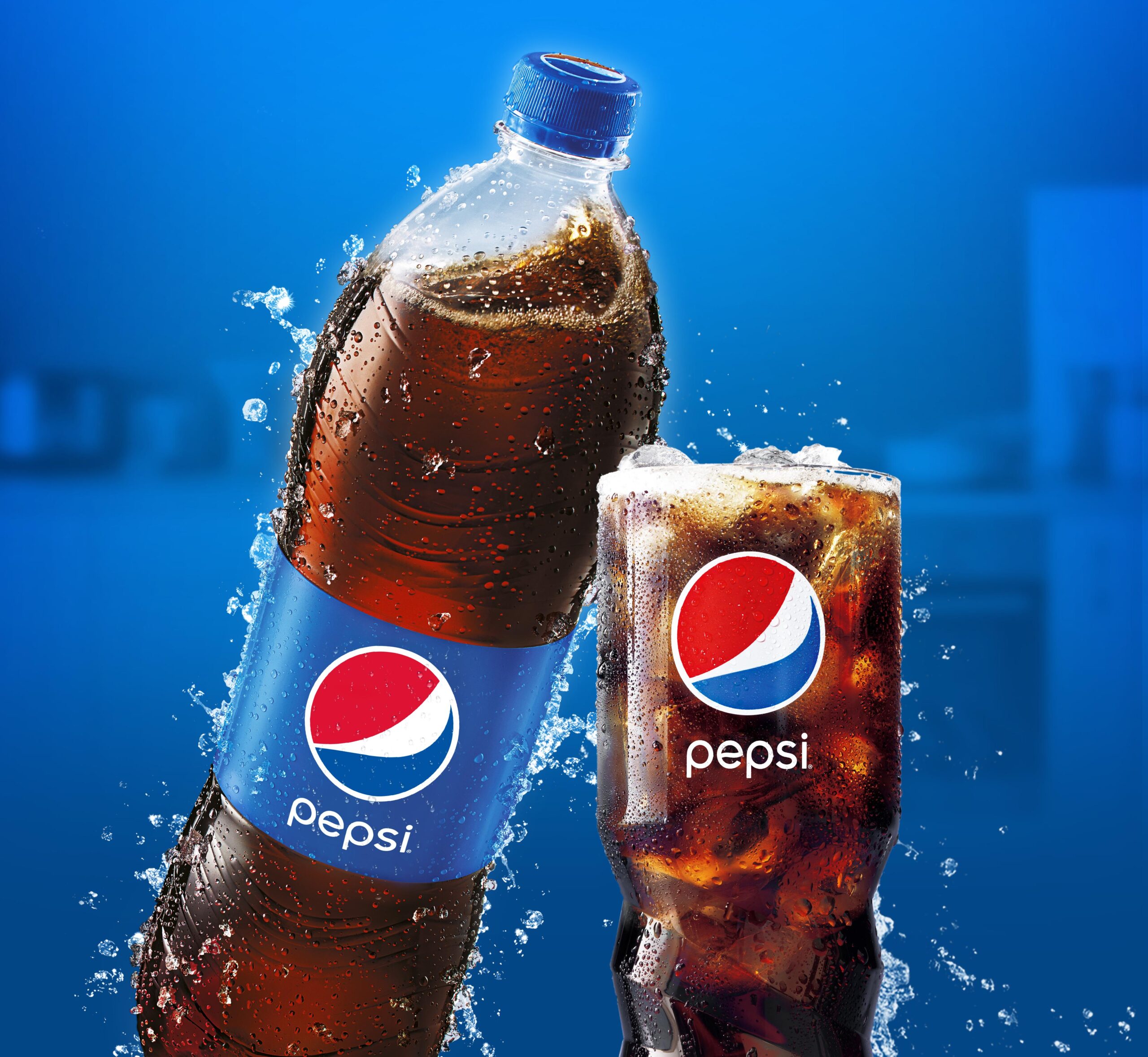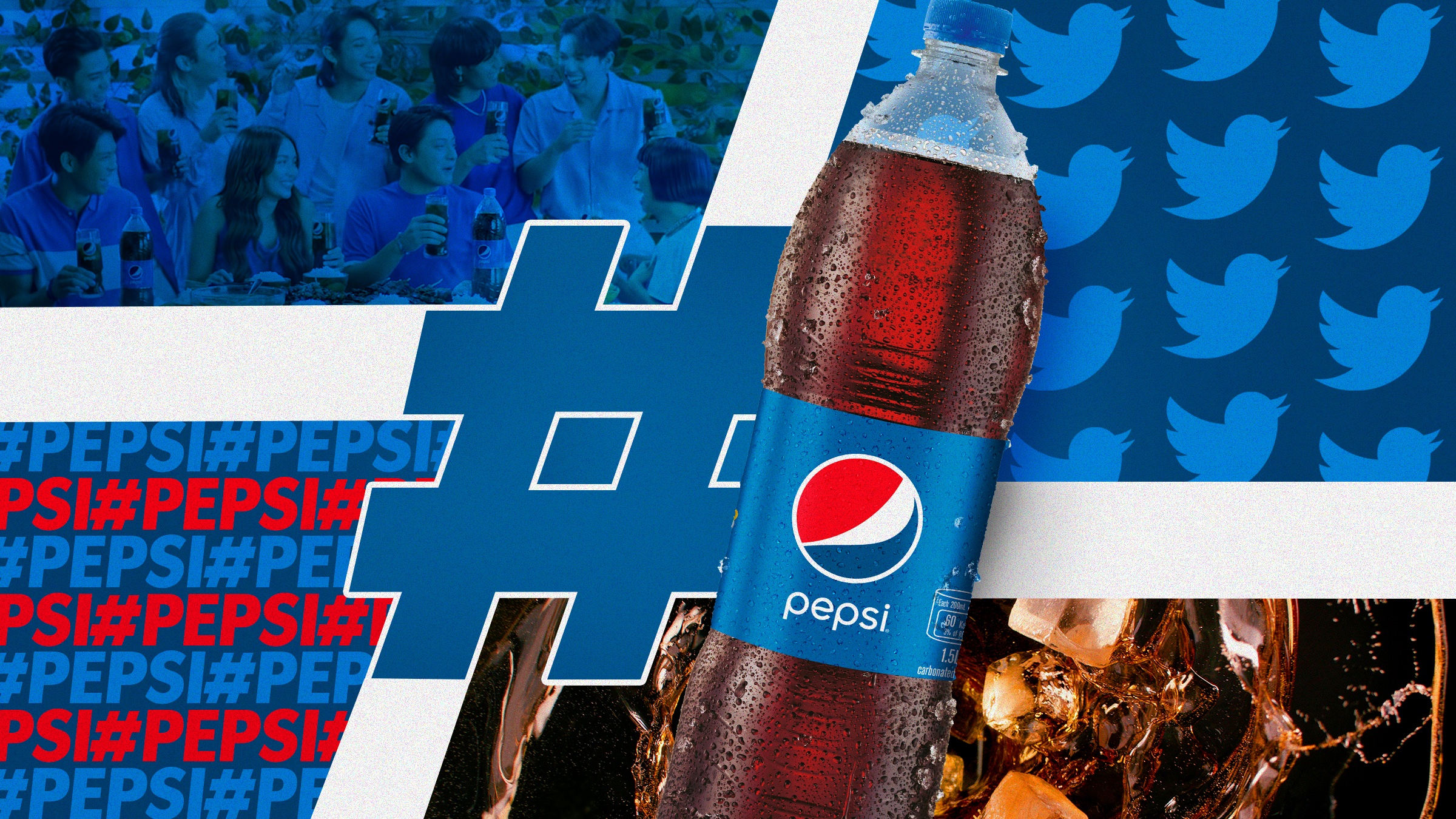Someone once said that having a Twitter account is like talking to yourself, hoping someone will join in.
Not everyone is lucky to have a following on Twitter. Even many brands have difficulty finding a corner of Twitter where they can convey their messages to the right audience.
Beverage giant Pepsi is one of the most talked about brands on social media, specifically Twitter, and is the most hyped in the beverage/drink category. In 2020, Pepsi was the only non-tech brand in the Top 10 of the Most Tweeted Brands for the year, alongside brands such as Spotify, Apple, Netflix, Lazada, and Shopee. This was achieved with an advertising budget lower than that of other big beverage brands as seen in a study. This is called connecting with your audience. Forward to 2021, the buzz about Pepsi continues online with content that’s relevant and always timely.



“What makes a content stand out is its cultural relevance; if the community shares the same sentiments and if it echoes the conversations prevailing at the moment. In Pepsi’s case, they were able to cut through the noise by incorporating the language of their target audience and tapping the right people to get it across,” shares Tina Pang – Head of Client Solutions, Southeast Asia, Twitter.
Pepsi’s campaigns, which include the viral #PepsiHitSaSarap, are innovative yet traditional. For the Hit Sa Sarap campaign, the brand emphasized the importance of enjoying meals with family and friends. The campaign included giant screens on the streets of LA and New York featuring the faces of Kathryn Bernardo, Daniel Padilla, SB19, Mimiyuuuh, and Ricci Rivero.
Pepsi Hit Sa Sarap reminded us of how nice it is to sit down for a meal with people we love and treasure. What better way to enjoy our favorite food than with Pepsi?
“At a time when consumers have the full power to determine what goes viral, it is not enough for people to enjoy our advertising material. Our communications need to stand out and be captivating for consumers to share, post, tweet, and pin. They need to love it,” says Gutzee Segura, CSD Marketing Lead, PepsiCo PH.
As a brand, Pepsi is attuned to what is happening on Twitter. It listens to what its audience is saying and responds to what it sees as relevant content.
As Segura puts it, “It boils down to knowing what your target market wants, what they’re looking for, and serving that to them.”
“People are keeping it real on Twitter, so these conversations definitely give a brand its much needed boost on awareness or engagement and in a way, in driving purchase intention, and sales,” says Pang.
Pepsi looked at Twitter insights on K-pop and P-pop, then used these to highlight content about Blackpink and SB19. From these insights, the brand knew what type of content their target market (young millennials and Gen Z 16-25 years old) was looking for.
This target market values its online identity, being digital natives.
“Being at the prime of their youth, they always want to enjoy and maximize life’s experiences. However, given the pandemic, these experiences have been limited to in-home activities so Pepsi provides them with the experiences that satisfies their need for variety, novelty, and excitement from their usual days,” said Segura.
According to Kantar, 91% of Pepsi’s target market drink carbonated drinks so the brand’s endorsers and brand ambassadors are selected based on who best personifies the brand’s personality, values, and purpose.
Blackpink was chosen because the group has a youthful attitude and zest for life that perfectly embodies the Pepsi brand.
Kathryn Bernardo, Daniel Padilla, SB19, Ricci Rivero, Alyssa Valdez, Kiefer Ravena, and Mimiyuuuh were picked because their young fans are inspired by their success, hard work, and positive attitude.
“Our endorsers and brand ambassadors serve as a seamless extension of Pepsi and help amplify our story,” mentions Segura.
A brand’s social media presence plays a critical role in establishing its identity and Pepsi has succeeded in establishing itself as brand with a fun and youthful



